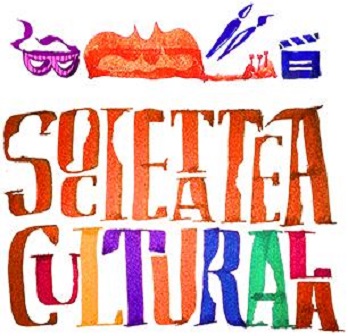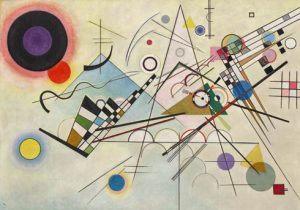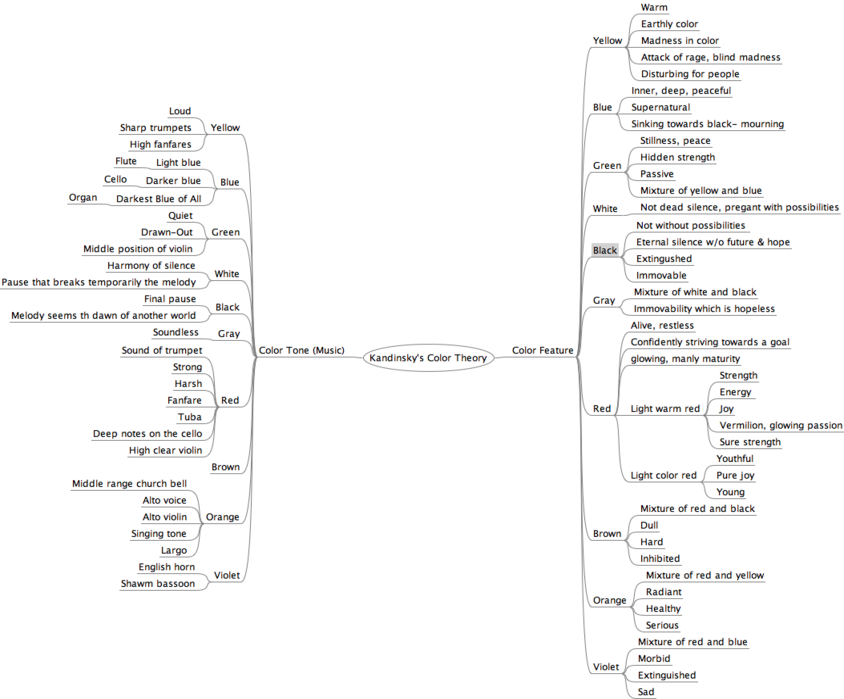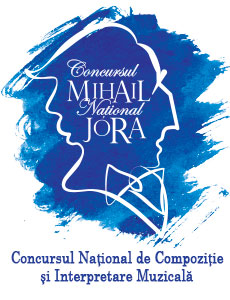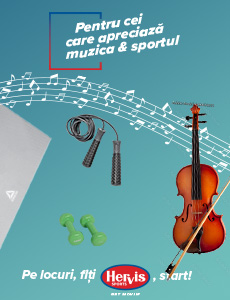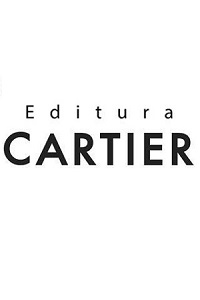“I saw all my colours in spirit, before my eyes. Wild, almost crazy lines were sketched in front of me.”
Vasili Kandinsky (1866 – 1944) s-a nascut la Moscova, dar a copilarit in Odessa, unde parintii sai au tinut mult sa ii daruiasca lectii de violoncel si pian, odata cu persistenta lor pasiune pentru muzica clasica. Mai tarziu, Kandinsky isi numeste picturile cu termeni muzicali precum: “improvizatii”, “impresii”, “compozitii” si spune despre muzica – 1912, “Concerning the Spiritual in Art”/ primul tratat despre arta abstracta – ca este sursa esentiala a picturilor sale nonfigurative.
“Our hearing of colours is so precise . Color is the keyboard, the eyes are the hammers, the soul is the piano with many strings. The artist is the hand that purposely sets the soul vibrating by means of this or that key. Thus it is clear that the harmony of colours can only be based upon the principle of purposefully touching the human soul.” (Kandinsky, “The Effect of Colour”, 1911)
Inspirat de muzica lui Wagner si de cea a lui Scriabin, Kandinsky elaboreaza teoria personala a echivalentelor/corespondentelor (d)intre tonurile muzicale si cele de culoare. Umbrele pe care le proiecteaza culorile dintr-o pictura una asupra celeilalte se gasesc intr-o continua rezonanta, fiind legate aproape (in)vizibil prin corzi vibrationale. Sigur ca relatia dintre muzica si artele vizuale este un joc vechi de cand lumea, pitagoreicii studiind riguros synaesthesia (syn-aesthesis), Goethe vazand in arhitectura o arta a muzicii “pietrificate in gheata”, criticul Walter Pater considerand ca “toate artele aspira sa devina muzica!”, samd. Beethoven numea “cheia neagra” Si bemol, iar Re major era cea portocalie. Schubert spunea despre Mi minor ca este „a maiden robed in white with a rose-red bow on her chest”.
Compozitia intai (1907) – Compozitia X (1939) au fost pictate pe parcursul a trei decenii (o parte dintre ele fiind distruse in timpul razboiului – azi se pastreaza cateva schite si forografii ale acestora). Este o colectie monumentala, aspirand – intr-adevar – la statutul de “Simfonie” vizuala referentiala pentru sfarsitul de mileniu 2. (Spre deosebire de acestea, “Improvizatiile” lui Kandinsky sunt comparabile, gratie dramatismului lor, cu piese concertistice. In 1911 pictorul l-a ascultat in Viena pe Schoenberg (si in doua zile a pictat Impresia III/Konzert), Shoenberg – muzicianul care avea sa-i devina “tovaras de arme” in lupta pentru distrugerea barierelor dintre arte. Intalnirea lor magistrala avea terenul deja pregatit: in 1909, Kandinsky scrisese textul unei drame muzicale (“The Yellow Sound”) – „The stage is gradually saturated with a cold, red light, which slowly grows stronger and equally slowly turns yellow”, iar in 1910 Schoenberg scrisese libretul opeei “The Lucky Hand” – „In the background a soft blue, sky-like backdrop. Below, left, close to the bright brown earth, a circular cut-out five feet in diameter through which glaring, yellow sunlight spreads over the stage.”
Iata recomandarile lui Kandinsky pentru experimentarea sinesteziei artistice: „Lend your ears to music, open your eyes to painting, and… stop thinking! Just ask yourself whether the work has enabled you to ‘walk about’ into a hitherto unknown world. If the answer is yes, what more do you want?”
